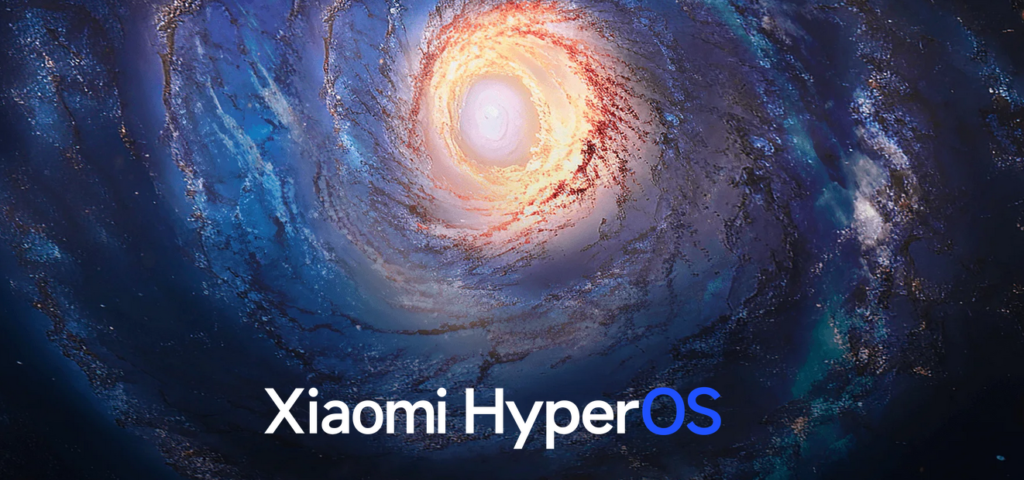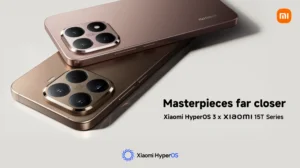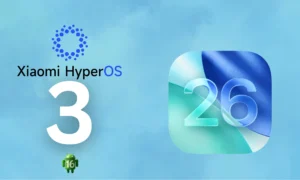HyperOS vs MIUI: Which is the Superior Operating System?

Introduction to HyperOS and MIUI
In the dynamic arena of mobile operating systems, HyperOS and MIUI have emerged as two significant players, each appealing to distinct segments of the smartphone market. MIUI, developed by Xiaomi, was first unveiled in 2010 as a user-friendly interface based on Android. It aimed to enhance the Android experience by introducing a customizable user interface and a plethora of features tailored to meet the needs of its users. Its vibrant design, coupled with an extensive range of built-in applications, has made MIUI one of the most popular operating systems among smartphone enthusiasts.
On the other hand, HyperOS has made its debut as a promising alternative to MIUI, primarily addressing the demands posed by an evolving technological landscape. This operating system was developed to ensure optimal performance across various hardware configurations, making it adaptable to different devices. HyperOS attempts to bridge the gap between intuitive user experience and advanced functionalities, appealing to users who seek versatility without sacrificing performance. While still relatively new in the market, it is designed to provide a seamless integration of applications and system resources.
The paradigm shift in smartphone technology, with significant advancements in hardware and consumer expectations, contributes to the growing interest in HyperOS. As users develop an affinity for customized experiences, alternatives to more established systems like MIUI become increasingly relevant. HyperOS targets tech-savvy individuals who prioritize personalization and enhanced functionality in their device operations.
Understanding the distinctions between MIUI and HyperOS is crucial for consumers making informed choices about their mobile devices. As we dive deeper into the features and functionalities of each operating system, a clearer picture of their respective advantages and suitability for different user types will emerge.

Feature Comparison: HyperOS vs MIUI
The comparison of features between HyperOS and MIUI is essential for users seeking to understand which operating system may better suit their needs. Each operating system offers a distinct set of functionalities that appeal to different user preferences and requirements.
User Interface Design: Both HyperOS and MIUI provide engaging and modern user interfaces. HyperOS leans towards a minimalistic design that emphasizes ease of use, while MIUI has a more personalized look with vibrant themes and widgets. The flexibility in HyperOS facilitates user accessibility, whereas MIUI boasts extensive visual customization options.
Customization Options: Customization is one of the strongest points of MIUI, offering users a plethora of themes, icon packs, and wallpapers. HyperOS, while providing some level of customization, does not match MIUI’s extensive library, focusing more on functional enhancements rather than aesthetic alterations.
Performance Optimization: HyperOS is specifically designed for high efficiency and speed, integrating advanced algorithms to manage system resources optimally. MIUI, on the other hand, often requires more memory due to its rich features, which might affect device performance on older models.
Battery Management: HyperOS introduces sophisticated battery management tools that extend device lifespan by minimizing unnecessary resource usage. MIUI includes its own battery saver features but can sometimes sacrifice performance during extensive use in favor of power conservation.
Security Features: Security is paramount in both operating systems. HyperOS emphasizes robust privacy controls and app permissions, assuring users of their data security. Conversely, MIUI also offers various security features, including app locks and secure payments, but is occasionally perceived as less protective than its counterpart.
A comprehensive table summarizing these features simplifies direct comparisons, and bullet points clarify the standout functionalities of each operating system. This way, readers can swiftly identify the advantages and limitations of HyperOS and MIUI, aiding in informed decision-making regarding their preferred operating environment.
User Experience and Performance Analysis
When evaluating user experience and performance, both HyperOS and MIUI offer distinct features that cater to different user preferences. The user interface of HyperOS is designed with efficiency in mind, allowing for swift navigation and seamless app access. Users have reported shorter app loading times, which can significantly enhance productivity and overall satisfaction. The fluidity of scrolling and responsiveness of touch interactions adds to the positive user experience, making it appealing for those who rely on their devices for multitasking.
In contrast, MIUI, developed by Xiaomi, has its strengths in aesthetic customization and user-friendly features. The operating system provides a variety of themes and personalization options, which can make the device feel more tailored to individual preferences. Performance metrics indicate that while MIUI may be slightly slower in app loading times compared to HyperOS, it compensates with efficient memory management and multitasking capabilities. Users have highlighted the smooth transition between applications, which allows for a more intuitive experience, particularly for those who regularly switch between apps.
Expert opinions suggest that the choice between HyperOS and MIUI may depend on the user’s specific needs. For instance, those seeking superior performance and a rapid response may lean towards HyperOS, while users who prioritize customization and usability might favor MIUI. User testimonials further reinforce these findings, with many praising HyperOS for its speed but also acknowledging MIUI’s user-friendliness as a valuable trait. Ultimately, assessing the performance of both operating systems under real-world conditions provides valuable insights, showcasing the trade-offs between speed, responsiveness, and overall usability within the realm of mobile operating systems.
Conclusion: Making an Informed Choice
In evaluating the merits of HyperOS and MIUI, it is essential to recognize that both operating systems offer unique strengths and functionalities that cater to diverse user needs. HyperOS, known for its innovative features and versatility, appeals to users who prioritize advanced customization and seamless integration across different devices. Comparatively, MIUI, with its polished interface and robust ecosystem, is designed for users who value stability and user-friendly functionalities.
When choosing between HyperOS and MIUI, one must consider several factors. Device compatibility is a crucial element; users should investigate if their smartphones support either operating system, particularly with HyperOS, since it may be more limited to certain devices. Furthermore, feature requirements play a significant role in decision-making. For instance, if a user seeks extensive multitasking capabilities and personalized settings, HyperOS may be the preferable choice. On the other hand, individuals who favor simplicity and ease of use may find MIUI aligns better with their preferences.
Additionally, the aesthetic appeal of the user interface is an important aspect to contemplate. HyperOS offers a modern design that may attract tech-savvy users, while MIUI focuses on a more traditional yet aesthetically pleasing layout, ideal for users who appreciate a familiar experience. Ultimately, assessing personal taste in user interface design can significantly influence the selection process.
Looking towards the future, both HyperOS and MIUI appear poised to evolve continuously, adapting to emerging technologies and user expectations. As the smartphone market progresses, advancements in artificial intelligence, user experience, and system efficiency are anticipated to shape the capabilities of both operating systems. Users are encouraged to remain informed about updates and developments to make the best choice for their individual requirements.







